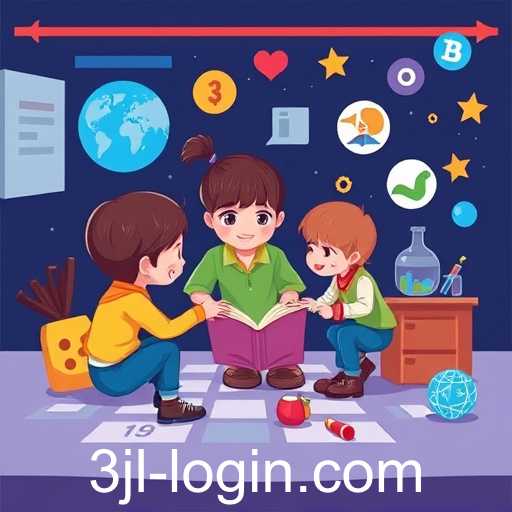This article explores the growing popularity and effectiveness of educational games, tagged under the keyword '3jl', in enhancing learning experiences across various educational platforms.
In recent years, educational games have gained significant traction as valuable tools in academic and developmental learning environments. Recognized for their ability to engage students through interactive and enjoyable experiences, educational games categorized under the keyword '3jl' are transforming conventional methods of teaching.
Educational games encapsulate a broad spectrum of activities designed to teach specific skills or knowledge through gameplay. They cover an extensive range of subjects, including mathematics, science, language arts, history, and more. The interactive nature of these games fosters an engaging environment for students of all ages, making learning a more appealing endeavor.
The increasing integration of technology in classrooms is one of the main drivers behind the rise of educational games. As schools and educators seek to leverage digital tools to enhance learning experiences, educational games provide an innovative approach that aligns with contemporary educational goals. These games offer tailored content that adjusts to the player's learning pace, providing a personalized learning experience that traditional methods may lack.
The concept of gamification in education—where elements of game design such as scoring, competition, and rules are used to boost user engagement—plays a crucial role in the efficacy of educational games. This approach not only motivates students but also encourages them to apply critical thinking and problem-solving skills within a structured learning context.
Moreover, educational games are beneficial beyond the classroom. They are widely used in corporate training, language learning, and professional development programs. By simulating real-world scenarios, these games help learners acquire practical skills in a safe and controlled environment.
However, the effectiveness of educational games is contingent upon their design and implementation. Successful educational games must strike a delicate balance between being entertaining and educational. If they lean too heavily towards entertainment, they risk losing their instructional value. Conversely, if they are overly educational, they might fail to engage the audience effectively.
In conclusion, educational games categorized under the keyword '3jl' are rapidly becoming a staple in both formal and informal educational settings. As technology continues to advance, these games hold the promise of not only enhancing academic outcomes but also cultivating a lifelong love for learning in individuals. The future of education is undoubtedly intertwined with these digital learning tools, offering exciting possibilities for educators and learners alike.




